
Thank you for visiting HOJO website. If you have any enquiry, please feel free to get in touch with us at
▼ Akira Hojo
▼ Hojo Newsletter
▼ HOJO FACEBOOK





HOME > Green Tea >Meng Ding Que She
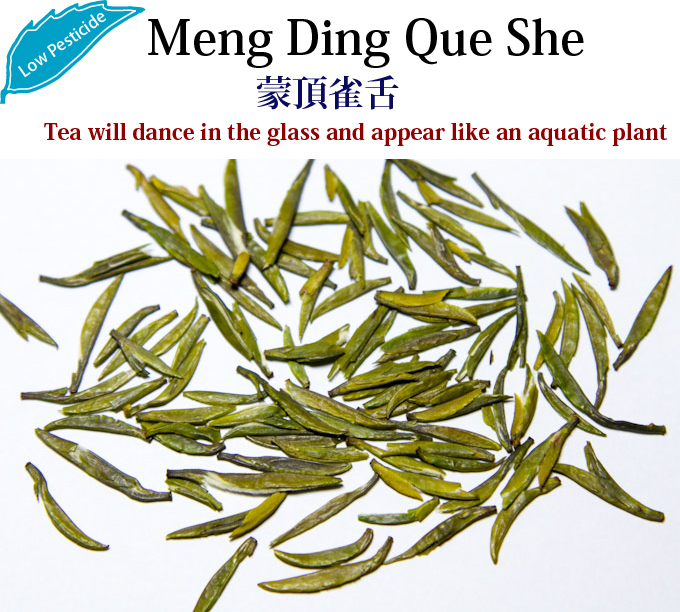
Meng Ding Que She is the famous green tea in Sichuan province. According to the record, it has more than 1000 years of history. During Qin and Han Dynasties, the tea culture and making of tea was increasingly common. Thus, the tea plantation was vigorously developed in Sichuan. At that time, the process of tea was vastly developed and the foundation of tea making was laid. A number of fine teas was produced and designated as the tribute tea for the emperor. As early as in the Tang and Song Dynasties, the Sichuan tea production quantity was top ranked in China.

This is the oldest temple situated in Meng Ding mountain. This is where the history of green tea has began.
Meng Ding Que She is produced from the mountain called Meng Shan in Sichuan. The record mentioned that Meng Shan was generally recognized as the birthplace of tea, or the land of the first transplant of tea tree. This place had more than 2000 years of history in tea. Meng Shan was the designated production area of tribute tea for the emperor. At that time, tea was produced under the strict supervision of monks and the temple had a strict division of labor to make tea.

In Cha Jing (茶経), Lu Yu mentioned that there was the tea made of small and tender bud. The shape is like the tongue of a bird. Since then people started calling this tea as Que She. In English, Que She means sparrow's tongue.
At first glance, this tea looks like Long Jing of Hangzhou. But it is completely different tea if you closely look at it. Meng Ding Que She has deeper color like olive-green color, more glossy and solid appearance. Due to its unique appearance, some people may think that this tea is not made from camellia sinensis. The flavor of this tea is also different from that of Long Jing. For Long Jing, sometimes we feel the baked flavor. The Meng Ding Que She gives none of the baked flavor. On the contrary, it gives fruity, refreshing and sweet flavor.
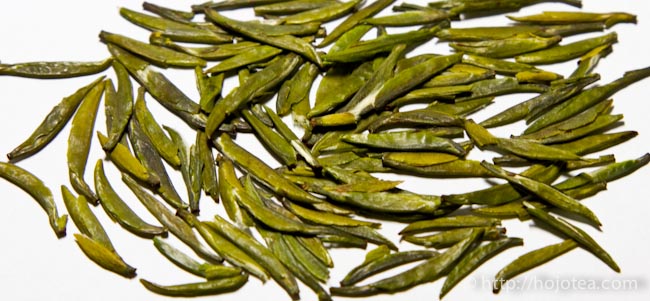
Meng Ding Que She is an artisan tea that requires attention to detail and intensive handwork. This tea is carefully processed in order to maintain its shape. Each leaf is long and remained intact due to gentle handling. The fresh bud is carefully hand-plucked in early spring.
The process of Meng Ding Que She is accomplished with the shaping and drying processes. The tender buds are pan-fried using hand movement to shape the bud into its distinctive appearance that looks like the sword. Other than its appearance, the success of each batch and the flavor of the tea is very much depends on the experienced hands of the tea master.
One point that I would like to highlight is that this tea looks so beautiful when it is brewed in a long glass. While steeping, each bud absorbs the water and restore its original three dimensional contour. The bud is vivid yellowish green and tends to float upright in the water. It looks like the algaes in the sea. You can enjoy the mini aquarium in your glass.
Its taste is soft and smooth, not bitter and not causing dryness on tongue. Thus, children as well as the person with very sensitive stomach could also enjoy this tea. Some of my customers also brew this tea in cold water. It will be very refreshing flavor. This tea is a great choice for those who enjoy a subtle and clear beverage. This tea has a slight grassy fragrance; its refreshing vegetal aroma gives way to hints of asparagus and bamboo.
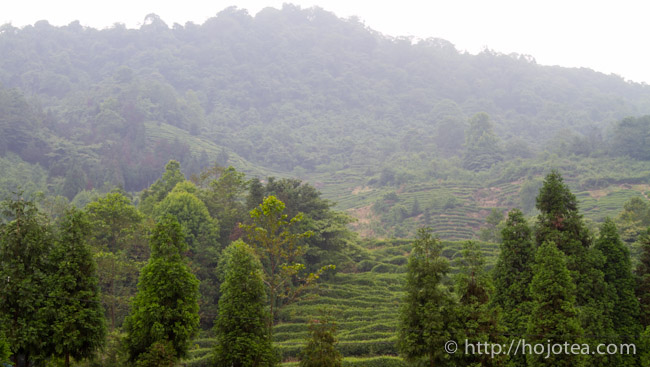
Meng Ding Gan Lu is produced in the Ming Shan county. Ming Shan county can be reached within a few hours' drive from Chengdu City. In Ming Shan county, there is Meng Ding mountain and this mountain crosses another county called Ya-an. Meng Ding Gan Lu is processed from the tea planted at the peak of this mountain. The highest peak of Meng Ding mountain is up to 1440 m.
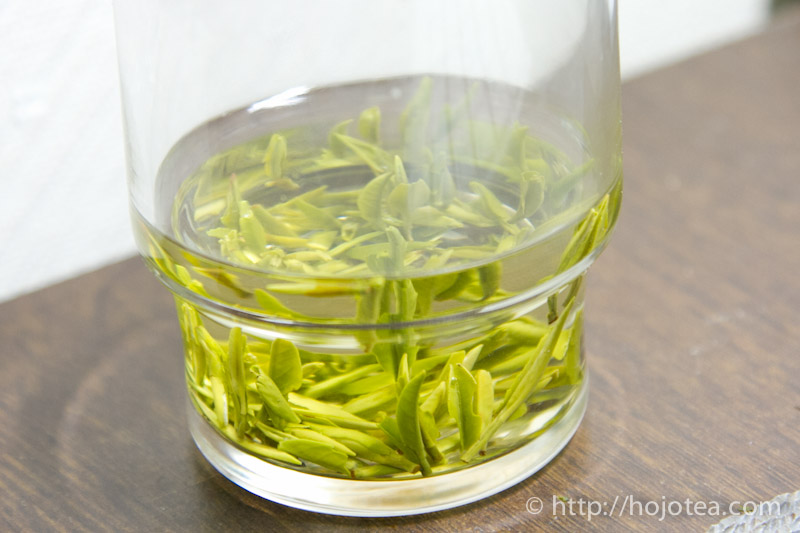 |
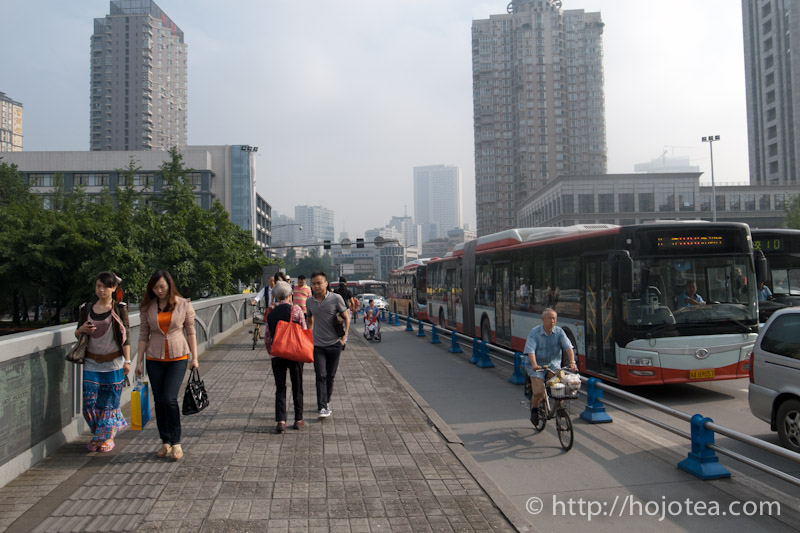 |
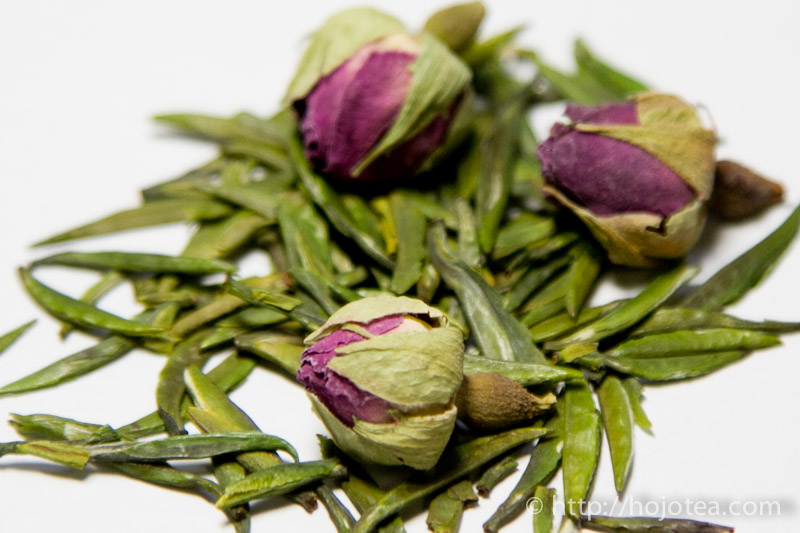 |
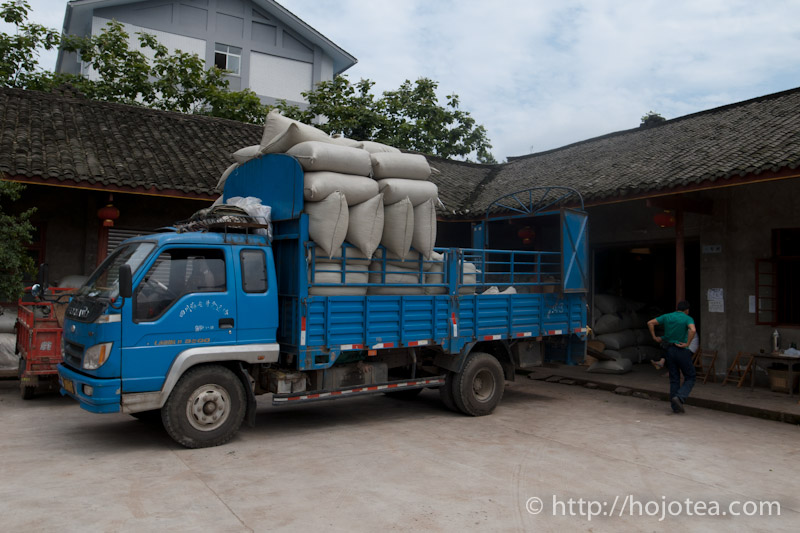 |
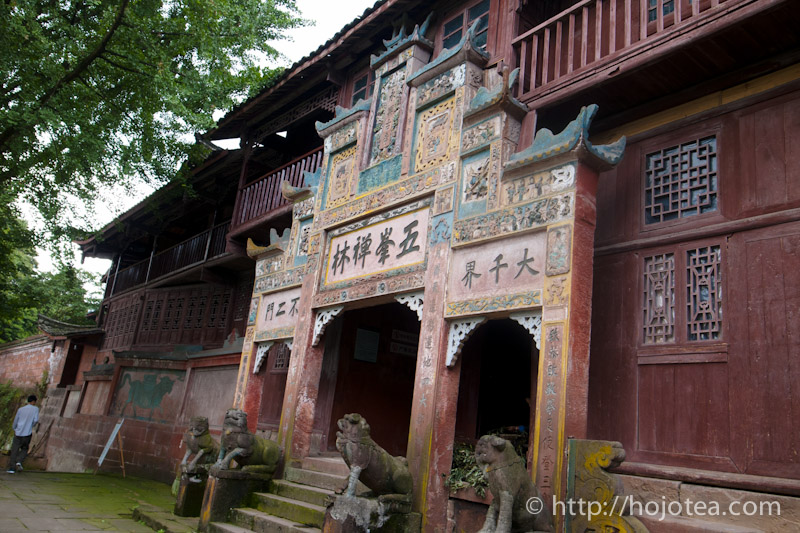 |
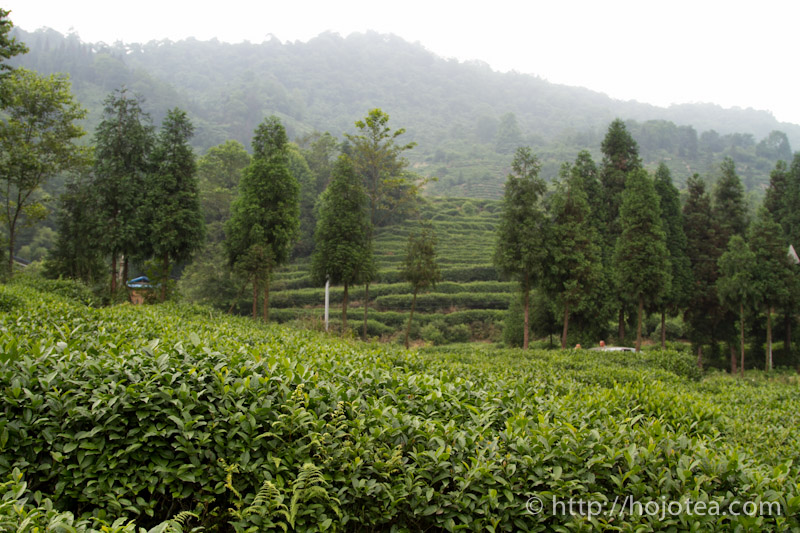 |
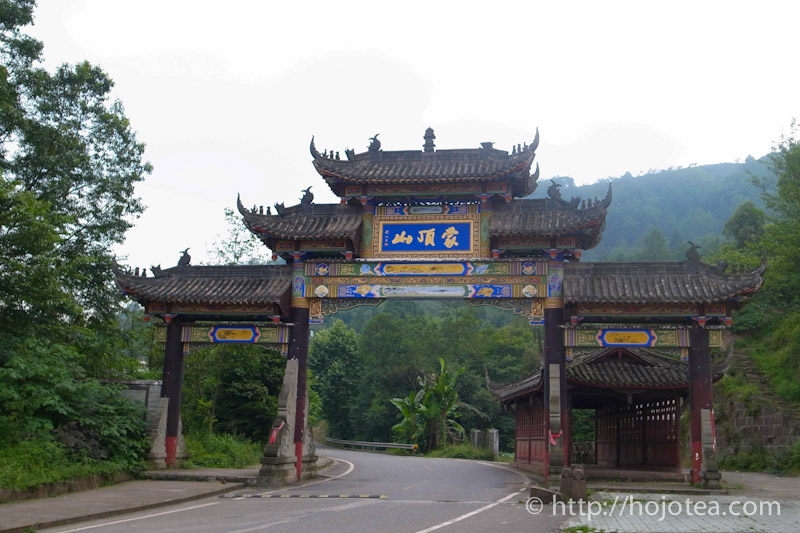 |
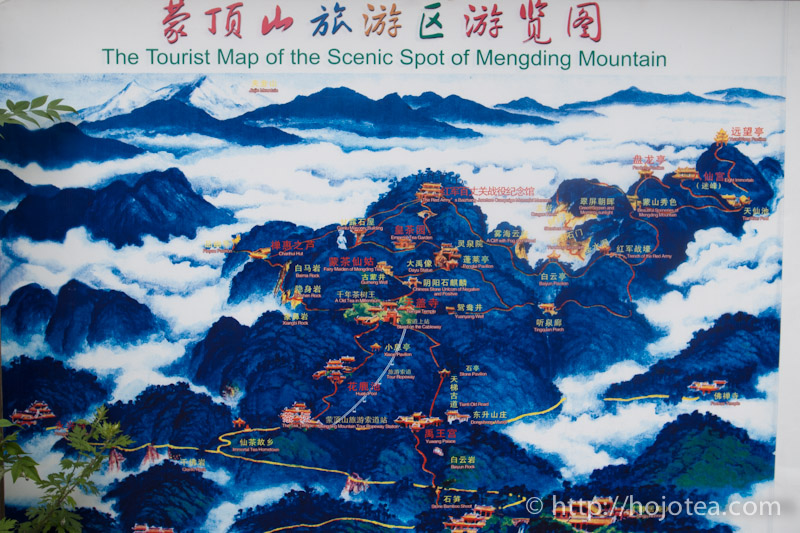 |
In you are using tap water, it is necessary to filter the water using an activated carbon filter. If not, you wouldn’t be able to enjoy the authentic taste of tea. Chlorine is added to tap water in order to sanitize bacteria. This chlorinated water will also harm our body cells. Concerning about our health condition, it is very important to remove chlorine from drinking water. The most effective method in removing chlorine is to install an activated carbon filter. This type of filter is designed for removing organic substance. It will remove not only chlorine, but also other harmful substance such as contaminated pesticide. The activated carbon filter can be easily obtained from the common hardware shop in most countries. If activated carbon filter is not available, please place a charcoal inside the water and leave it for over night. The material composed of activated carbon filter is made of ground charcoal. The difference is that activated carbon filter contains much finer particles and hence it has extremely large surface area for a better efficiency in filtration. We do not suggest RO water (reversed osmosis water) or distilled water. This water carries no mineral, the taste and flavor of tea tends to be very unstable, unless you have very superior quality tea and tea equipment.
In the long run, you may observe a thick layer of scale accumulated inside your kettle. Our mother usually taught us to wash and remove it with citric acid. But please do not even try to remove the scale. Scale consists of minerals that exist in the water. The mineral composition is reflected from the water you used. If you remove the scale, the mineral ion balance between scale and water is destroyed. This balance is called buffer effect in science. The flavor and taste will seriously run out and you won’t be able to get previous taste and flavor for a long time. It is also important to stick to the same type of water whenever brewing tea. If source of water is changed, it carries different type of minerals. It will affect the mineral ion balance too.
Go to further information about suitable water for brewing tea >>
The quantity of tea leaf can be calculated by a formula that "Divide the Volume of Water by 5". For example: the volume of teapot = 200ml; 200ml/50 =4g. You need to measure 4g of tea leaves for 200ml of water. As opposite to the traditional brewing method, the modern style uses more volume of water. A teapot with the size about 150-220ml is just nice for one person.
Cool down the boiling water to 80 degree Celsius. Use the same temperature for a series of brewing until you feel the taste no long remains. Finally, you can use boiling water to bring out the remaining taste and flavor.
For sencha, the first brewing period is 1 minute.The second brewing must be less than a few seconds. The third brewing is the same. From the forth brewing onwards, increase to additional 10 seconds for the each subsequent brewing.
Clay teapot and Tetsubin makes the taste of Sencha even better. It is mainly because of the iron that is released from the equipment. In particular, the iron enhances the depth of after taste.
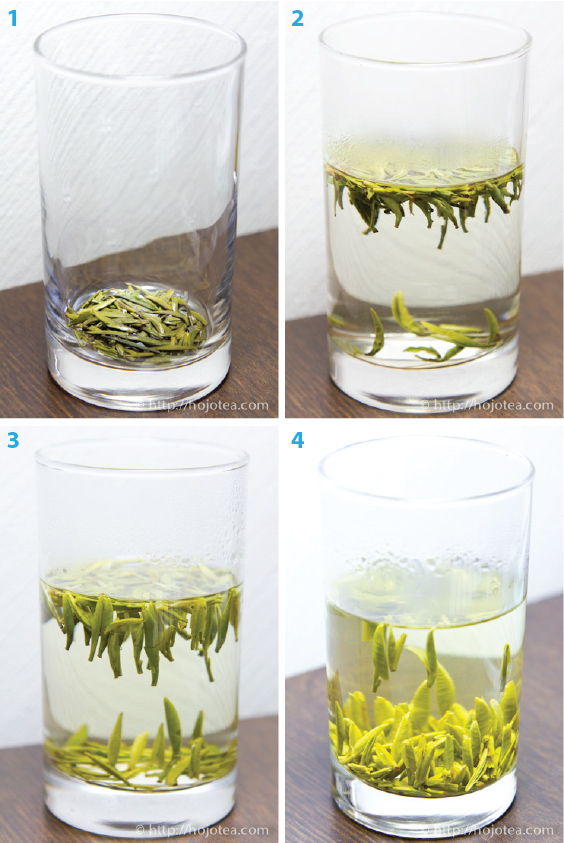
It is also very nice to brew this tea in the long glass as above photos. In particular, I suggest this method if you want to drink tea at work or when you do not have enough time to all the way prepare tea using teapot. All you have to do is to put one tea spoon equivalent quantity of the leaf and pour hot water that temperature is at around 80 degree C. Once you finsh drinking tea, you can refill the glass with hot water over and over again.
Most of Green Teas can be brewed in cold water. The higher the grade of tea, the more suitable it is with cold water brewing.
1. Measure 1 table spoons of tea leaves for 500ml of water.
2. Pour the water into a glass jar or bottle and leave it for more than 1 hour.. It is also a good idea to put the tea leaves directly into a PET bottle.
3. Gently sway the container in order to get an even concentration.
4. Usually the taste of tea gets thicker when it is brewed for more than a few hours. In this case, pour in additional water. Eventually tea can be brewed more than 1 liter per 1 table spoon of tea leaves.
1. Measure 4-6g of tea leaves for 200ml of water.
2. Pour water into a clay teapot and brew for 3 minutes.
3. For second brewing, brew for 20 seconds. Alternatively you can also switch to hot water from second brewing onwards, if you wish. If using hot water for second brewing, pour boiling water and brew for less than a few seconds. Since tea leaves are very cold and wet, the temperature drastically drops to less than 60 degree Celsius.
The benefit of cold water brewing is tea can last for a whole day and the taste is refreshing with a natural sweetness. Thanks to the cold water extraction, the level of caffeine in tea is very low. You would not suffer from sleepless nights. Even kids can enjoy this tea.
Once a bag of tea is opened, please finish it within 3 months if you wish to enjoy its freshness. From the medical point of view, it is safe to consume the tea even if it is kept for a few years. However the freshness disappears if it is kept for too long. Tea must be tightly sealed before it is kept. Tea should be kept in ambient and dry conditions such as in the living room, but it must be completely away from humidity. Tea should not be kept in the kitchen as the environment is very humid. Avoid enclosed area such as inside the cupboard or drawer as these places are damp. Also avoid opening the bag of tea in humid atmosphere. It is recommended to open the bag during a sunny day or under air-conditioned atmosphere. Once tea leaves absorb moisture, deterioration of tea will be triggered within a few days. Tea will then give an astringent taste, sometime it tastes sour. The fresh aroma also becomes weaker.
The quality of tea lasts longer if it is kept in the fridge. However we strongly recommend you not to keep tea in the fridge. When tea is withdrawn from the fridge, there is usually condensation. Once tea is exposed to moisture during condensation, the quality will deteriorate within a few days. The higher moisture content in the tea leaves will trigger oxidation and it will completely destroy the quality of tea.
Here’s one frequently asked question: what happens if bag is sealed using tape or tea is packed in zipper bag and kept inside the fridge?
For your information, these simple sealing methods are not sufficient. When the bag is withdrawn from the fridge, it is cold inside the bag and therefore causes negative pressure. Air will be drawn from outside and condensation will occur. In addition, if the bag is taken in and out from the fridge very often, this will cause heat stress to the tea leaves as temperature is increased and decreased very frequently. If tea is kept in the fridge, when it is withdrawn from the fridge, it is necessary to leave it in ambient atmosphere for more than 24 hours in order to warm up the tea leaves. Based on our experience, 12 hours is not long enough. We may think tea is warmed up, but inside the bag, the tea leaves are still cold due to insulation effect.

Please feel free to send us e-mail for enquiry at:

 |
We accept various kinds of credit card through Paypal.
Only if customer prefer other option of payment, we suggest "Bank Transfer".
Various choice of shipping method
EMS, SAL, Small Packet, Small Packet (SAL) Yamato Express and Surface
For shipping tea, we usually suggest small air parcel, the estimated shipping cost of tea in 100g (with wrapping material ) is
Small Parcel
USA JPY 600, EU JPY600 and Asia JPY470
Small Packet (SAL)
USA JPY380, EU JPY380 and Asia JPY320
The shipping fee to oversea by small air parcel happens to be even cheaper than domestic shipping fee in Japan.
For your information, some countries, EU in particular imposes custom duty. We need buyer to bare the duty. We are sorry, but we cannot change the amount on the invoice, and we do not mark any packages as gifts. We will strictly follow the custom regulation.